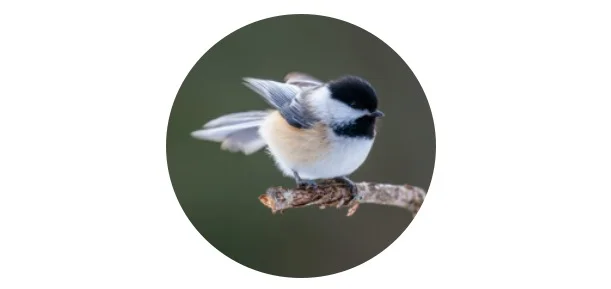Chinese Geese: Description, Types, Pictures, & Fun Facts
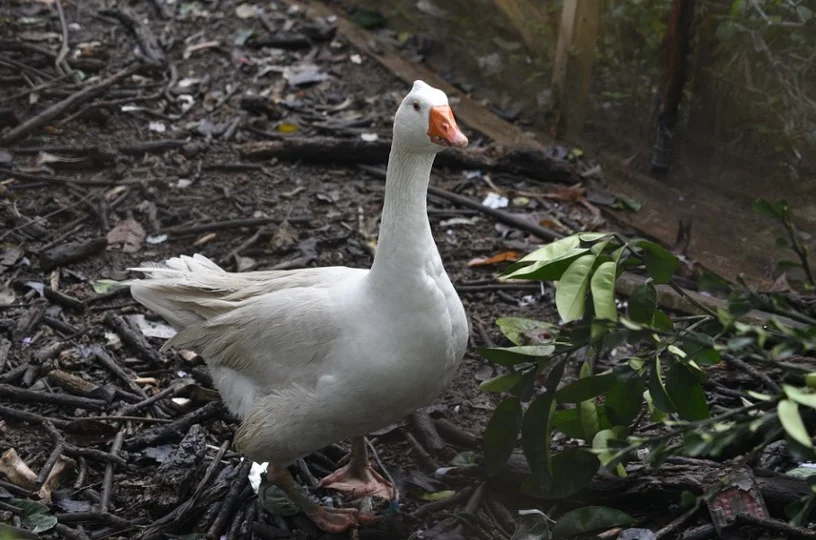
Table of Contents
Scientific Classification of Chinese Geese
- Kingdom: Animalia
- Phylum: Chordata
- Class: Aves
- Order: Anseriformes
- Family: Anatidae
- Genus: Anser
- Species: Anser cygnoides domesticus
Locations of Chinese Geese
- Asia
- Eurasia
Chinese Geese Description
The Chinese goose is considered as most adorable species of the goose family. The goose is also named as ‘swan goose’ due to its long neck and elegant looks. The goose has very loud vocalizations, which are also frequent and the birds are also known for high egg production.
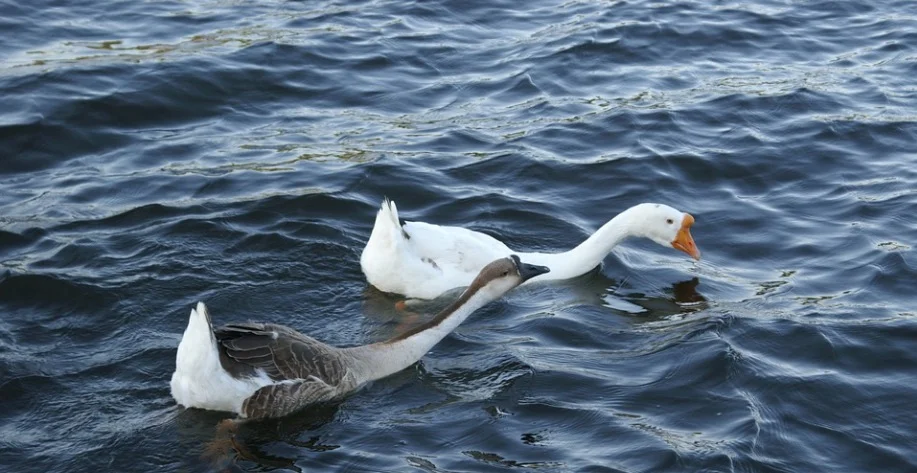
Five Amazing Facts About Chinese Geese
- Around 60-100 eggs are produced by a Chinese goose in a breeding season thus they are called a prolific layer.
- The wild swan goose is a close relative of the Chinese goose, which is native to Asia.
- In 1788, a pair of Chinese geese was gifted to George Washington by somewhere.
- In many gardens, Chinese geese were used as excellent weeders.
- When the birds feel any danger, they honk loudly thus they are also known as guard geese.
Scientific Name of Chinese Geese Species
Anser cygnoides domesticus is the scientific name of Chinese geese.
Appearance of Chinese Geese
Chinese geese are very small animals with the slender body thus they are classified as “lightweight” domestic geese. The color of the bird is white or brown. The characteristics of white geese include white feathers, orange bills, striking blue eyes, and orange legs.
The brown Chinese geese consist of orange-colored feet, brown eyes, and black bills. The breast color of the birds is pale gray and they have long creamy necks. They have arched necks that make an angle of 45-degree with their body. Thus they get an elegant look with their neck.
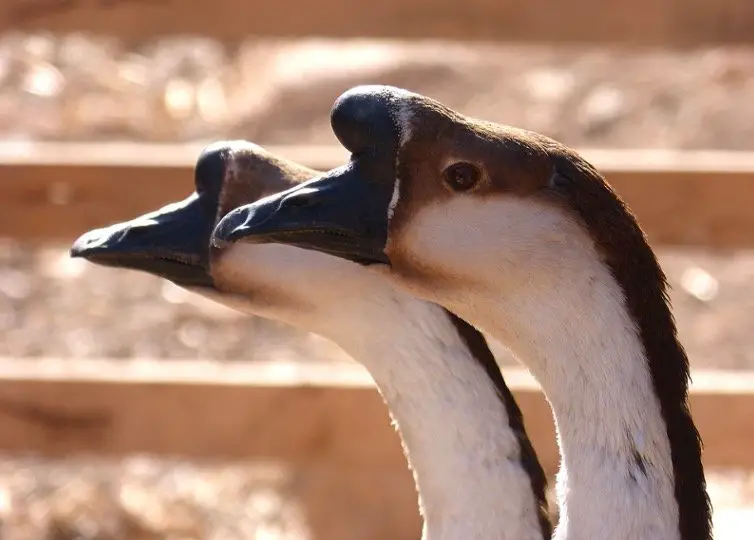
Basal Knob in Chinese Geese
A basal knob is present at the top of the beak of a Chinese goose, it is a knob-like structure. The size of the basal knob is larger in males than females. Generally, the males stand up straight at an upward tilt with their high heads while females hold their heads level or downward.
Uses of Chinese Geese
Chinese geese are considered light goat due to their lightweight, thus it is not domesticated or used for their meat. The weight of the male is around 11 pounds while the female weighs about 9 pounds. The Chinese goose is classified into two strains.
The first strain was found in the U.K. and named stocky geese. The strain is mainly domesticated for the production of eggs and another strain found in the United States, which is the most common species used as an ornamental bird or as a pet. The structure of the bird is slender and small.
Behavior of Chinese Geese
The Chinese geese are well known for their loud and notorious vocalizations. If a person loves the bird that makes their presence known then the Chinese goose will be suitable for them. However, the honking voice of the bird can irritate neighbors thus they are not suitable for urban farms.
The nature of Chinese geese is very curious and they are also very intelligent but they are naturally suspicious of people. In some cases, the birds become aggressive after seeing humans, especially when they are raised without human contact.
Chinese Geese as Pets
The birds become extremely attached to humans when a Chinese goose is raised in regular human interaction. During their gosling stage, if a person interacts with them, they use honking and chattering sounds to respond to this.
The geese are much tamed when they are raised by regular touch, talking, and interaction. The birds are very friendly and affectionate and also great pets that are much tamed as also great guards, which honk and squawk when they feel any danger.
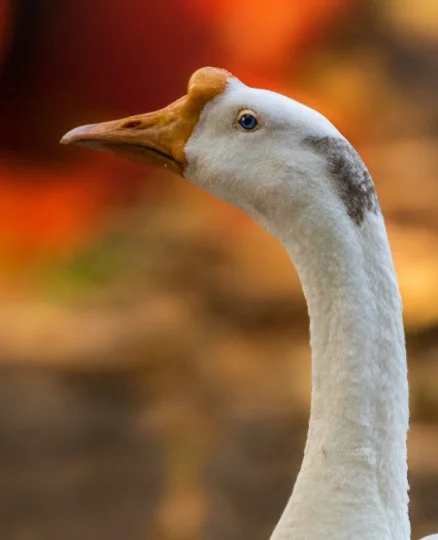
Chinese Geese Habitat
Farms are the native habitat of Chinese geese. The birds are highly adaptable thus they can easily survive all over the world. However, water bodies where their entire bill can be fitted are their requirement. The birds prefer small water bodies which helps them in proper grooming, splashing, and drinking water.
Chinese Geese Diet
Grasses are the primary food source of Chinese geese. They need large areas such as grasslands where they can graze with other animals. The birds can survive by a single source, grass for their diet but the height of the grass should be almost four inches.
The Chinese geese allow other animals in their areas for grazing so that the height of the grass will be low. The free-ranging Chinese geese require much supplementation during warm weather.
Dry wheat and feed pallets are good nutritious sources for them thus many people add them to their diet during warm seasons. However, the supplements should be accompanied by a bowl or bucket of water.
What NOT to Feed Chinese Geese
Dry mash and other powdered foods are not a good diet for Chinese geese and other waterfowl. The Chinese geese may suffer from a condition known as “dropped tongue”, which is a fungal disease that will make them weak.
Give Chinese Geese Grit and Weeds
In many birds, grit helps them maintain healthy digestion. Therefore some geese eat dirt and small stones to fulfill their requirement but instead of this, a mixed grit made of oyster shells and coarse sand should be supplied to them.
Small plants and weeds are one of the preferred food materials for Chinese geese thus the forage for them. Due to their choice, the birds are used as weeder geese by some people in their grape cops, berry patches, and other crops where the birds forage for weeds and do not disturb the crops.
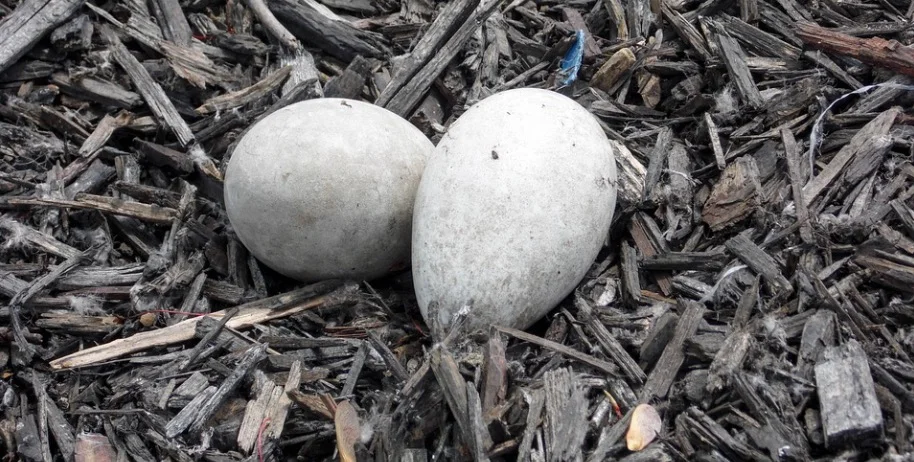
Chinese Geese Predators and Threats
There are several predators of Chinese geese, among all of these, snakes are the greatest threat for them. The baby geese and their eggs are also threatened by snakes because they try to eat them. Foes and raccoons are other large predators of Chinese geese.
To protect the Chinese geese, their eggs, and goslings from predators, a person can use several methods, such as-
• The coop can be elevated. If the chicken or goose are raised in the coops with some height from the ground, it will help to protect them from snakes.
• Snakes are sometimes also attracted by several rodents such as mice, rats, and squirrels. Thus their visit to the coops should be controlled. The barn cats are also kept to control rodents in the coops.
• All holes should be blocked. Snake’s body can enter in a small hole by which they can enter the coop.
• The eggs should be gathered regularly. The eggs may provide a temping treat for snakes and other predators, thus don’t leave such things for predators.
• Keep the coop clean. The grasses around the coop should be carefully trimmed and food spills should be cleaned immediately because they can attract rodents and other predators.
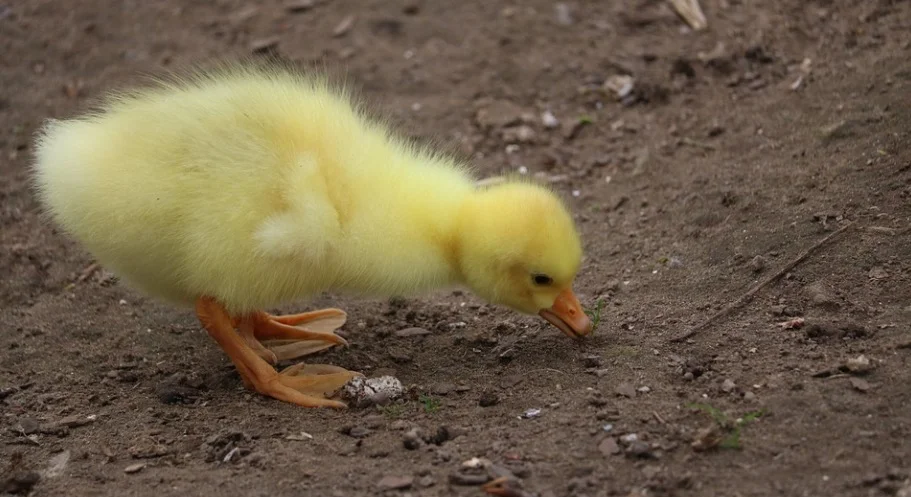
Reproduction and Life Cycle of Chinese Geese
The Chinese geese mates in the season from February to May. The male goose has also been named a gander. Around 10 to 15 eggs were laid by the female in a clutch. The eggs hatch within 28 to 35 days after laying.
Brooding
When the female wants to brood, she generally sits on brood on her egg. Before brooding, a nest was built by the female in a quiet place. During this time, the female live alone thus she should be protected by predators.
Sometimes she will be also guarded by the gander or their mating partners. The female must come off the nest every day because the eggs or geese could harm themselves without moving or continuously sitting on the eggs.
If the geese are not moving from the eggs themselves, we should lift her gently from the eggs. The brooding process is unknown for many young and inexperienced geese.
If a person wants to brood the eggs but the geese are not brooding, he can help them by keeping them warm and turning them over my hands. We should also use an incubator to hatch the eggs.
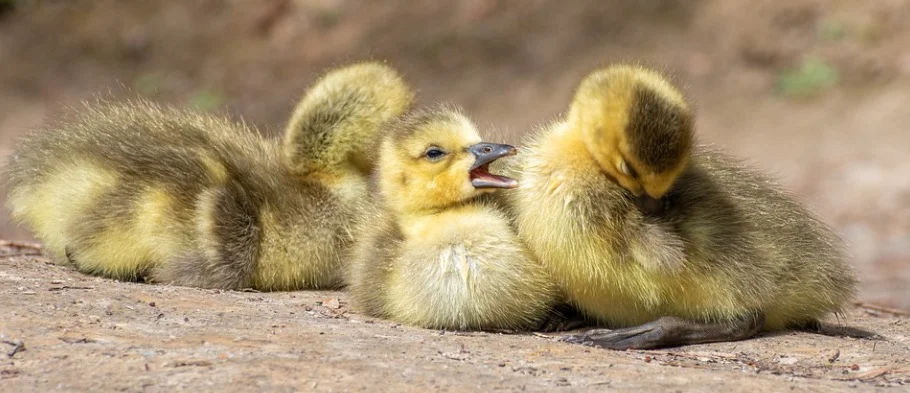
Baby Goslings Emerge
The goslings will emerge from eggs after the egg hatches. The process of emerging goslings and cracking the eggs properly may take two to three days.
The goslings are born with orange beaks and yellow burs thus they look like ducklings exactly. The gosling grows rapidly and reaches double in size only in a week after their birth and their yellow down also turns into gray, white, or brown.
In the fifth week, they have another growth spurt. At that time, their chirping starts turning into honking and the young babies become ready to go to the pastures with their parents at 12 weeks after birth.
Family Life
The Chinese geese can be distinguished in their sex based on their basal knobs by the age of only eight weeks. The basal knobs are larger in males as compared to females. The Chinese geese prefer to live in families and also stay together in the pasture.
They look very beautiful while walking together in the pasture and to see them together is charming. The birds are monogamous and mate for life.
Population
The population of Chinese geese is around 60,000- 90,000 birds all over the world. The birds are quite a popular breed worldwide.
Conservation Status
The birds are listed as “least concerned” birds by the IUCN red list of threatened species.
